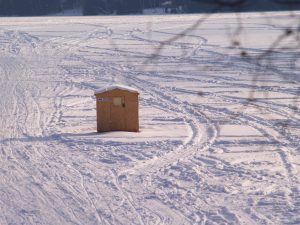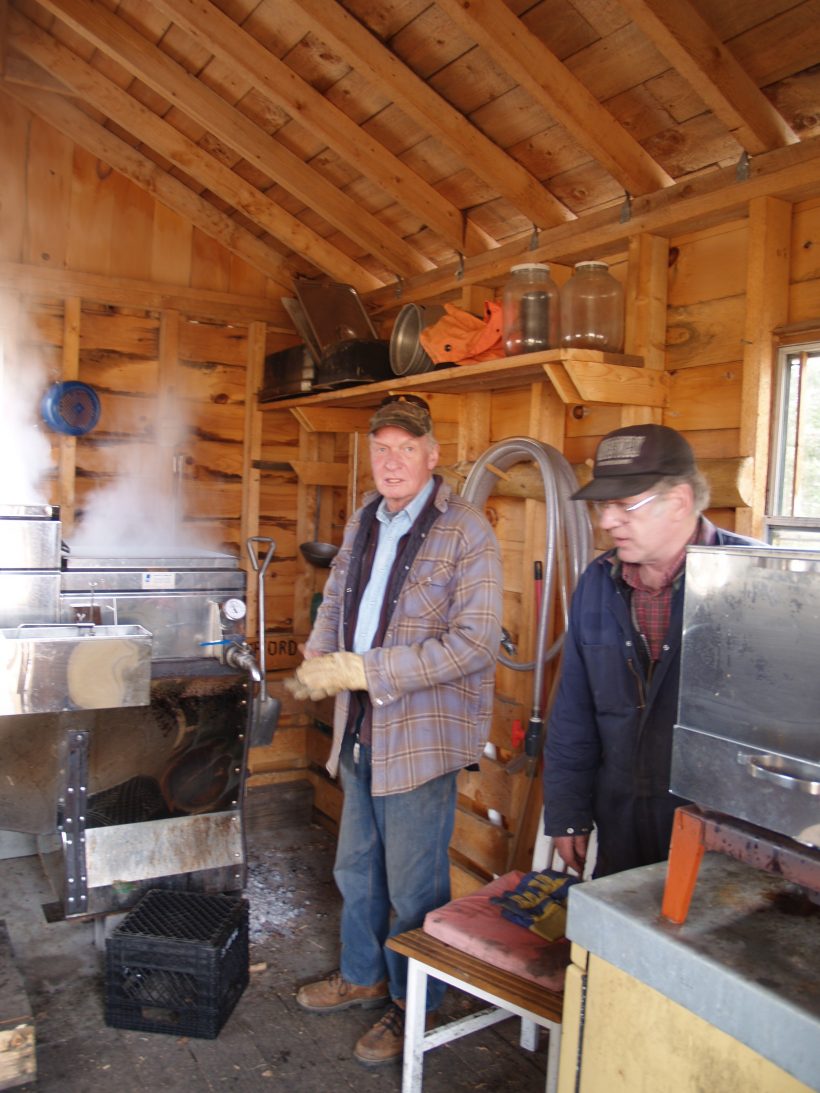
1975 SPRING
If we go by the calendar, spring arrives just a soon as the sun crosses the line on the way north. This time and date is usually considered to be March 21st, but due to the few minutes difference in time each year there are times when it is a few hours away from the official date. Too, there are times the change occurs during the night hours though now with the many weather forecasts (many not too dependable), we know at just what time the sun will cross the line coming north, also going south the next September.
Years ago, the older people watched with concern the times of those two events, and would predict the weather for the next couple of months by the type of weather we were having at that particular time. Like all other weather predictions, there were times the expected did not happen. But in the main, that was a very good way to predict the kind of weather we could expect for six weeks to two months.
Anyone remember last September 2ist? Well, it snowed and rained and the wind came from the north. And surely everyone can recall the very cold and wet times with snow, kind of weather we had until November. Then this spring when the time for the return to spring, it was cold with a north wind, and we have had cold weather ever since. At least until last week. So perhaps the old timers did know quite a bit about the weather. Then about Easter. Times I have heard people say, well, it is an early Easter we should have an early spring. The reverse idea is better. When Easter comes in March, we always have a late spring, and this year is no exception.
One thing I have noticed, that as the weather turns warm, and the snow begins to disappear, nearly everyone comes up with a story of similar, or perhaps dissimilar tales of other springs. Then there is always the marvel of the snow disappearing, and the prospect of warmer and nicer weather just ahead. At least, we hope.
As quite a young man I heard an old lady talking with a group of people and while I do not remember the year, it must have been a late spring, for there had been a fall of snow, and people were talking about this very late cold spell. This lady told about things her grandmother had related to her years ago, about the year, 1826 I think, when they had no summer in Canada. It is a recorded fact, and now and again the press has a story about it. Seems like the spring was late, but they did get most of the crops in. Then in July it snowed, and more in August, and it never left until the next May. There was little to eat, and animals had to be destroyed. Some were saved by bringing hay all the way from Ireland. Since the settlers had not gotten far away from the southern areas, it must have been even worse in the woods, only the Indians would not have to depend on food they grew.
But we have had other springs, even later than this is going to be (I have my tongue in my cheek). About thirty years ago I can remember crossing lakes on the ice on May 9th. Another year, and we had a lot of snow, we were still using snowshoes well into May, on the north slopes and in the swamps. Only a few years ago, when the snow had gone, we took a party to Butt Lake, and we had very little open except a very small strip that allowed us to get to camp, and we had a bit of fishing. But on May 15th of that year there was still a lot of ice on the lake.
There was a small saw mill near the mouth of the Cashman Creek, where it enters Sand Lake. One spring, and it might have been 1903, two of the men who worked in the mill decided to visit a friend who lived on the north side of the lake. This was on May 6th. There was a bit of open water along the shore, but they felt the ice was safe, and many had been on it, and the weather had turned cold. I do not remember, if indeed I ever knew, who it was they visited. But they stayed late, and the two mile walk back to camp was of little concern. But one of the men, Neil Murray, apparently got his feet wet getting back on the ice and it was cold enough that his feet froze, and he had to have several toes amputated. This man was still around Kearney after the First World War.
It may have been that same spring, or another just like it. But years ago there was a lot of logging close to town, and it is a matter of record that on May 3rd, sleigh loads of logs were hauled through town to the mill.
On the other side of the picture, there have been times when we had early springs. In 1945, and again in 1946 the ice had left the lakes by the end of March. We had had very warm weather during that month, and spring was well on the way come April. Only thing, the averages caught up with us. Since the ice was gone, and the woods clear for travelling, the Fish and Wild Life Branch, under pressure, advanced the opening of fishing in the Park. Just when so many people were in the woods, the weather changed, and we had the cold weather we should have had in March.
But in few weeks we will be swatting flies and mosquitoes, maybe even complaining about the heat. But right now it is a nice change to go outside and feel warm.
Wolves vs. Men
Will a pack of wolves attack a man when he is travelling alone on foot?
Browsing through The Sudbury Star of January 8th, 1914, we found a news story reported from Port Arthur, which told in graphic terms of the death of a trapper, killed by wolves, after he had slain nine of the pack with his hunting knife.
The story said that Peter Nigosh, Indian trapper, in the Lake of the Woods country was following his trap lines on Sunday, January 4th, a few miles from War Road, on the Canadian Northern Railway, when he encountered the wolves.
Early Tuesday, his family became alarmed when he did not return and set out in search of him. They found the skeleton of the trapper, stripped clean of flesh, and the remains of nine wolves, partially devoured, lying around him. They had apparently all been killed by the trapper’s hunting knife.
